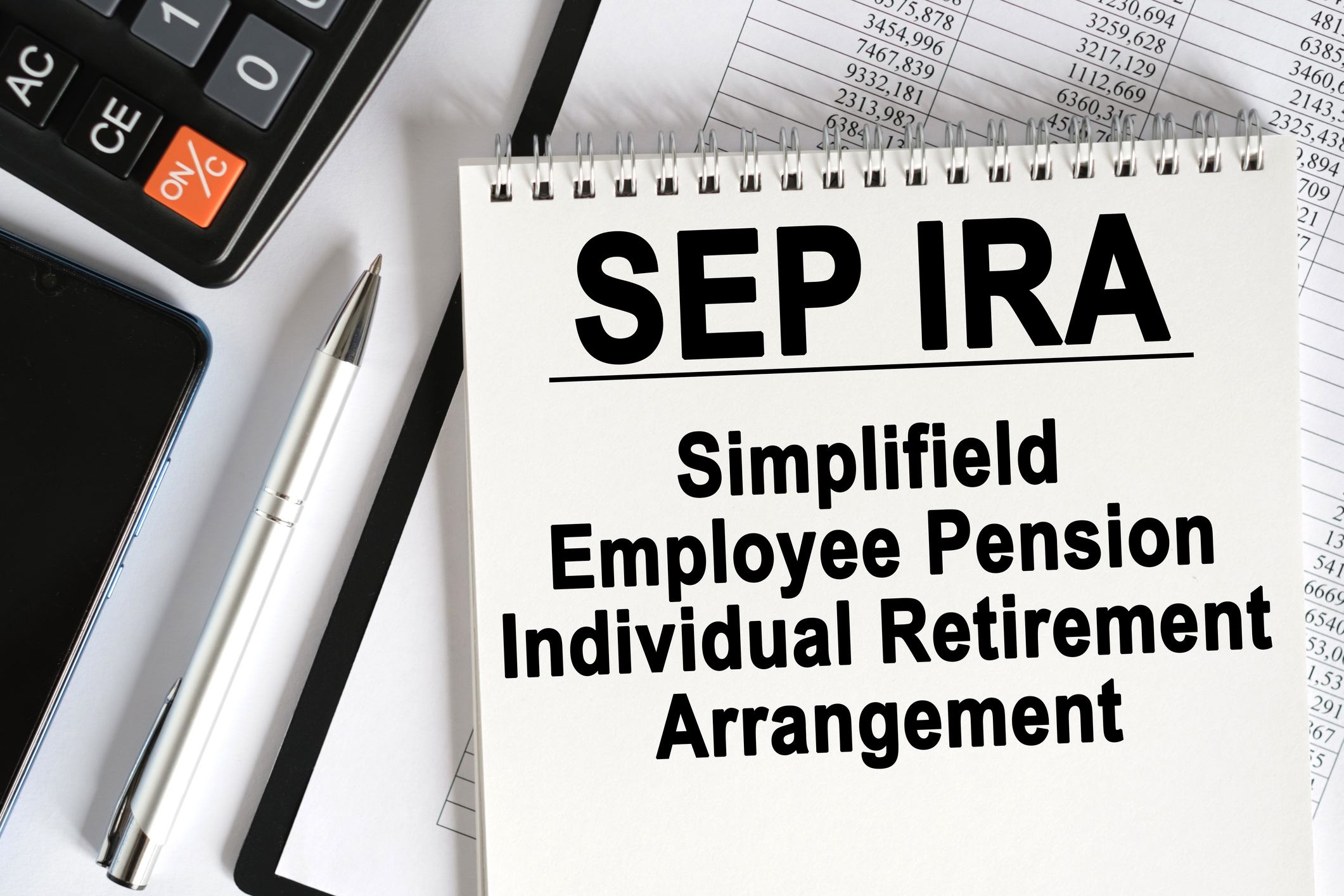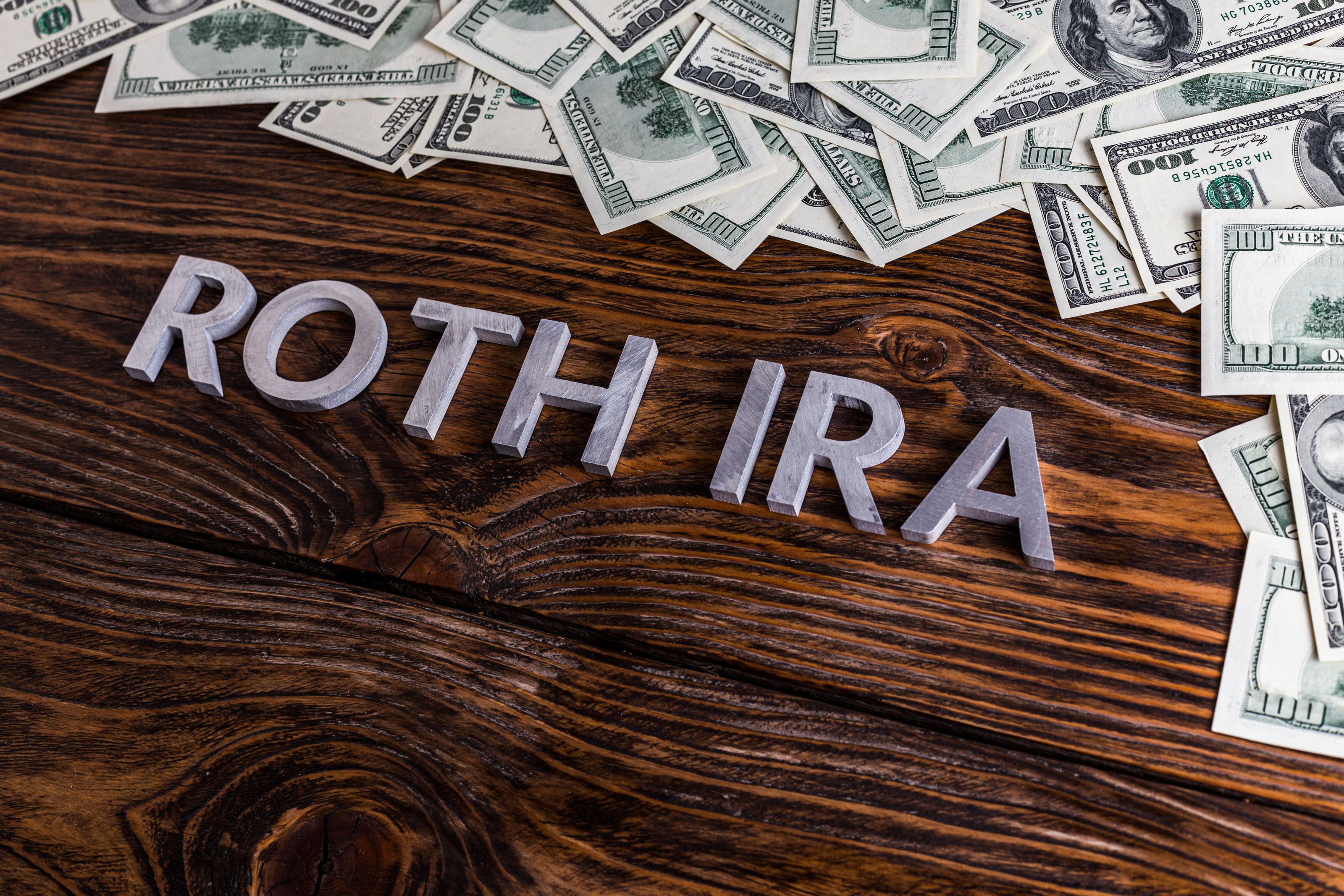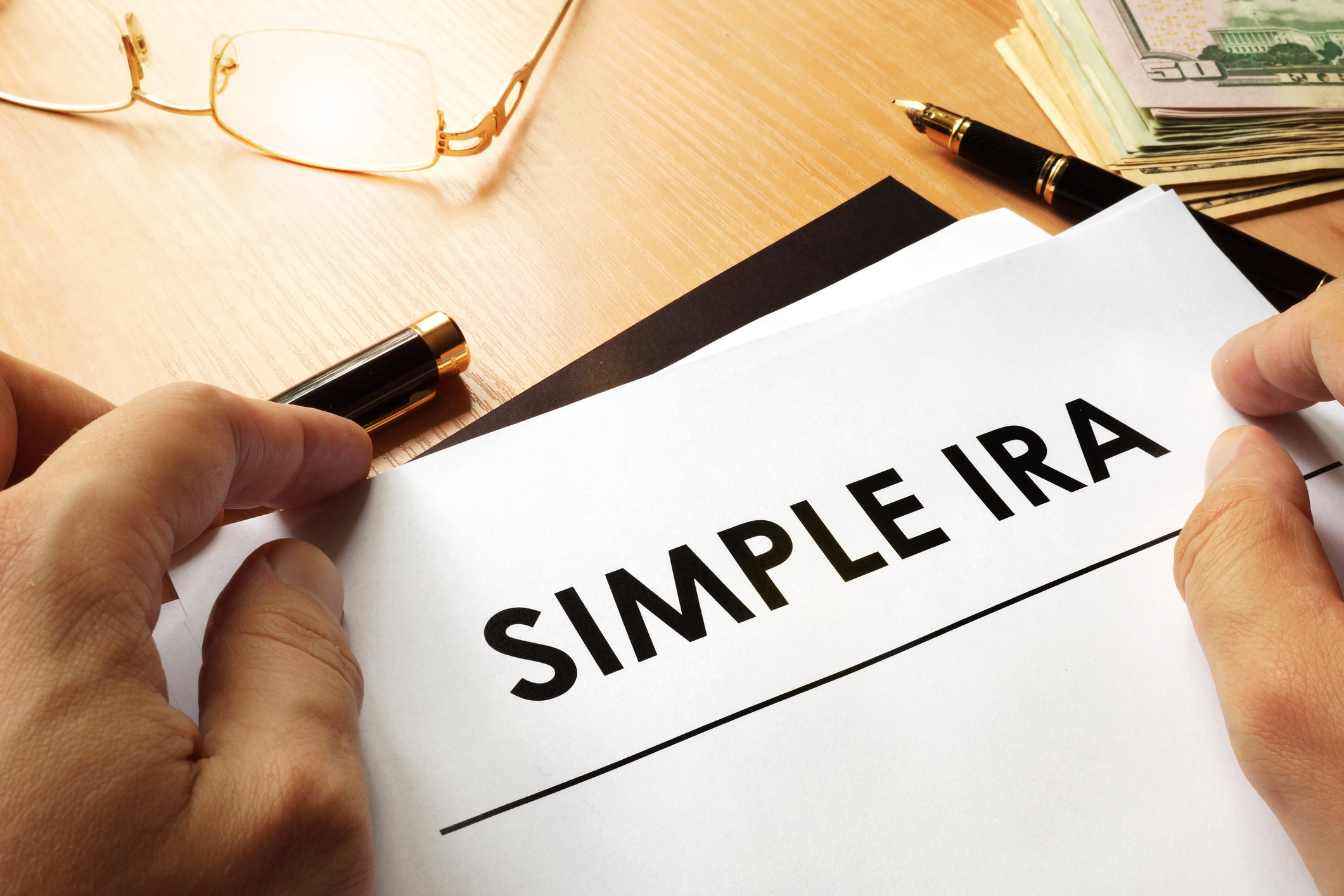Where to Stash Your Cash Now
These days, it helps to look for a little extra yield.

The yields you earn at safe places to stash your savings are dismal, and they probably won’t improve for at least a couple of years as the Federal Reserve holds down short-term rates to boost the economy. The options below, all of which are federally insured, are among the top-yielding accounts in the U.S. You can also search for accounts nationwide and in your region at sites such as Bankrate.com, DepositAccounts.com and NerdWallet.com.
Easy access. Fee-free money market deposit accounts and savings accounts are typically good places for your emergency fund or for cash that you may need in a hurry. The Sallie Mae Money Market account pays 1.05% with no minimum-balance requirement and no monthly fee. Earn 1% with a Barclays Online Savings account with no minimum balance or monthly fee. The no-fee AbleBanking Money Market account ($1,000 to open an account) offers a 0.96% yield, plus the bank will donate an extra 0.25% of your balance to a charity of your choice each year (the bank also donates $25 for each new customer).
Interest checking. The Lake Michigan Credit Union Max Checking account pays 3% on balances of up to $15,000 (join with a $5 donation to the West Michigan chapter of the ALS Association and a $5 minimum deposit in a savings account). You must set up a direct deposit, make ten debit card purchases monthly, and sign up for online statements and notices.
From just $107.88 $24.99 for Kiplinger Personal Finance
Become a smarter, better informed investor. Subscribe from just $107.88 $24.99, plus get up to 4 Special Issues

Sign up for Kiplinger’s Free Newsletters
Profit and prosper with the best of expert advice on investing, taxes, retirement, personal finance and more - straight to your e-mail.
Profit and prosper with the best of expert advice - straight to your e-mail.
The ABCO Federal Credit Union’s Premiere Checking account has similar requirements and pays 2.52% on up to $25,000. To become a member, join the American Consumer Council (free) and pay a $10 application fee to open a savings account with a $10 minimum.
Longer-term savings. Certificates of deposit pay higher rates than money market and savings accounts, but it’s best not to lock up all your cash in a long-term CD in case interest rates rise down the road (see Global Economy Back From the Brink). Building a CD ladder -- that is, spreading your money over CDs of varying maturities -- is one way to make sure you can move some of your savings to higher-yielding accounts. Consider high-yielding CDs with terms of three years or less. Melrose Credit Union (join with a one-time $1 membership fee and a $25 minimum deposit in a savings account) recently paid 1.46% on a three-year CD with a $5,000 minimum deposit.
Another option: high-yield CDs with minimal early-withdrawal penalties. You’ll lose only the previous 60 days’ worth of interest if you withdraw early from an Ally Bank High Yield Certificate of Deposit. The five-year CD recently yielded 1.64%. (For more on CDs, see Better CD Rates for Repeat Customers.)
I-bonds, which are savings bonds tied to the consumer price index, are worth considering. They currently yield 1.76% -- combining a guaranteed rate (currently 0%), which is fixed for the life of the bond, and an inflation-based rate that adjusts each May and November. You may withdraw the money after one year, but you’ll lose the previous three months’ interest if you do it before the bond’s five-year maturity. An individual may buy from $25 to $10,000 in I-bonds per calendar year at www.treasurydirect.gov.
This article first appeared in Kiplinger's Personal Finance magazine. For more help with your personal finances and investments, please subscribe to the magazine. It might be the best investment you ever make.
Profit and prosper with the best of Kiplinger's advice on investing, taxes, retirement, personal finance and much more. Delivered daily. Enter your email in the box and click Sign Me Up.

Lisa has been the editor of Kiplinger Personal Finance since June 2023. Previously, she spent more than a decade reporting and writing for the magazine on a variety of topics, including credit, banking and retirement. She has shared her expertise as a guest on the Today Show, CNN, Fox, NPR, Cheddar and many other media outlets around the nation. Lisa graduated from Ball State University and received the school’s “Graduate of the Last Decade” award in 2014. A military spouse, she has moved around the U.S. and currently lives in the Philadelphia area with her husband and two sons.
-
 Your Guide to Buying Art Online
Your Guide to Buying Art OnlineFrom virtual galleries to social media platforms, the internet offers plenty of places to shop for paintings, sculptures and other artwork without breaking the bank.
-
 Samsung Galaxy S25 Ultra for $4.99 a Month: A Closer Look at Verizon’s Deal
Samsung Galaxy S25 Ultra for $4.99 a Month: A Closer Look at Verizon’s DealVerizon’s aggressive pricing makes Samsung’s top-tier phone tempting, but the real cost depends on your plan and how long you stay.
-
 I'm 59 with $1.7 million saved and lost my job. Should I retire?
I'm 59 with $1.7 million saved and lost my job. Should I retire?We asked professional wealth planners for advice.
-
 9 Types of Insurance You Probably Don't Need
9 Types of Insurance You Probably Don't NeedFinancial Planning If you're paying for these types of insurance, you may be wasting your money. Here's what you need to know.
-
 Amazon Resale: Where Amazon Prime Returns Become Your Online Bargains
Amazon Resale: Where Amazon Prime Returns Become Your Online BargainsFeature Amazon Resale products may have some imperfections, but that often leads to wildly discounted prices.
-
 457 Plan Contribution Limits for 2026
457 Plan Contribution Limits for 2026Retirement plans There are higher 457 plan contribution limits in 2026. That's good news for state and local government employees.
-
 Medicare Basics: 12 Things You Need to Know
Medicare Basics: 12 Things You Need to KnowMedicare There's Medicare Part A, Part B, Part D, Medigap plans, Medicare Advantage plans and so on. We sort out the confusion about signing up for Medicare — and much more.
-
 The Seven Worst Assets to Leave Your Kids or Grandkids
The Seven Worst Assets to Leave Your Kids or Grandkidsinheritance Leaving these assets to your loved ones may be more trouble than it’s worth. Here's how to avoid adding to their grief after you're gone.
-
 SEP IRA Contribution Limits for 2026
SEP IRA Contribution Limits for 2026SEP IRA A good option for small business owners, SEP IRAs allow individual annual contributions of as much as $70,000 in 2025, and up to $72,000 in 2026.
-
 Roth IRA Contribution Limits for 2026
Roth IRA Contribution Limits for 2026Roth IRAs Roth IRAs allow you to save for retirement with after-tax dollars while you're working, and then withdraw those contributions and earnings tax-free when you retire. Here's a look at 2026 limits and income-based phaseouts.
-
 SIMPLE IRA Contribution Limits for 2026
SIMPLE IRA Contribution Limits for 2026simple IRA For 2026, the SIMPLE IRA contribution limit rises to $17,000, with a $4,000 catch-up for those 50 and over, totaling $21,000.